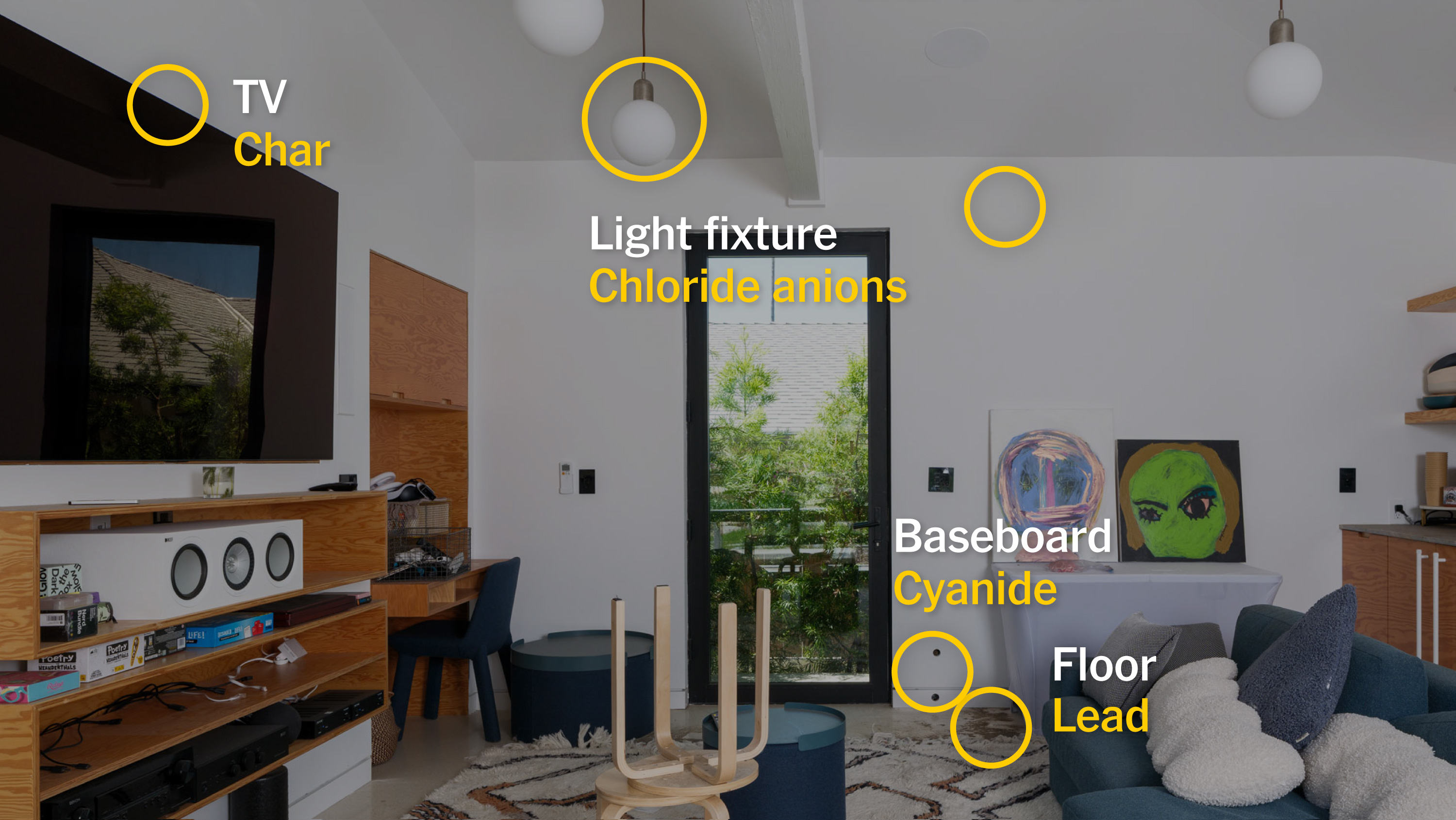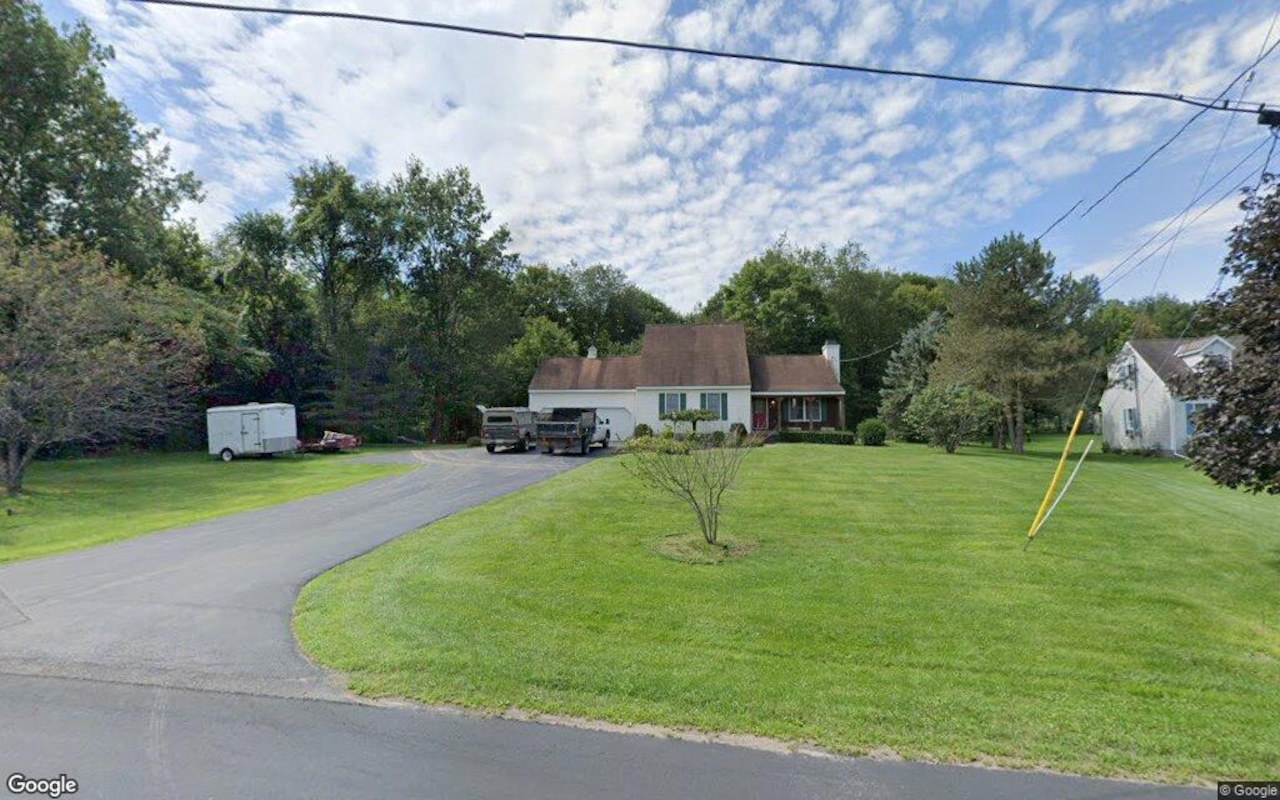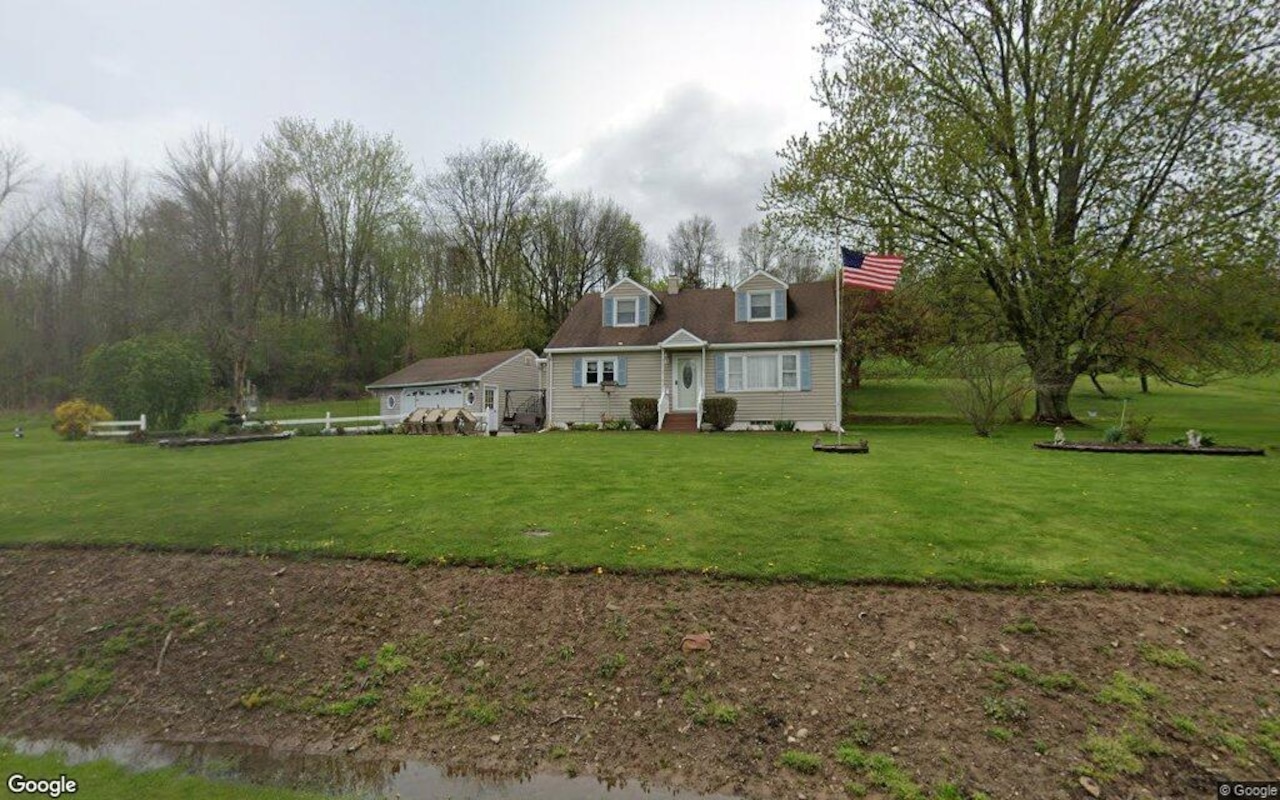V
ideos by Nicholas Kraus for The New York Times. Photos by Blacki Migliozzi. Reporters examined dozens of toxicology studies and interviewed homeowners who survived devastating wildfires in California.
At first, families whose homes were left standing felt fortunate to have escaped the flames. But weeks later, they realized their homes may be damaged in invisible ways. Everyday items become poisons when burned: plastic shower rods release formaldehyde, burning rubber emits benzene, and polyester unleashes carcinogenic gases. Printers, plasma TVs, and LED lights melt into cyanide.
Scientists found that even those far from the source of smoke can be harmed. After 9/11, residents near the World Trade Center experienced chronic respiratory illnesses, and those up to 1.5 miles away had elevated cancer rates. Now, researchers are studying what happens when smoke infiltrates a home. In the aftermath of the 2021 Marshall Fire in Colorado, a study found that residents two miles from the burn zone reported symptoms consistent with toxic smoke exposure.
Insurance companies often don't test for toxic substances, according to industry experts and homeowners. When they do, they check for a few harmful substances but omit others that can cause lasting harm. Some families have taken matters into their own hands, paying for private tests in hopes of being reimbursed later. Others have had no choice but to return to their homes.
A New York Times questionnaire received responses from over 500 people who survived recent California fires. A majority reported that their insurance companies declined to pay for testing. Where smoke damage was reported in standing homes, tests found toxic substances up to 1.3 miles outside the public health advisory area.
Dozens of respondents shared lab results, showing nearly all tested homes had some level of contamination. A father sent his toddler's clothes to a lab and discovered lead in her dress. Comprehensive panels showed heavy metals, toxic gases, and hazardous substances. California's insurance commissioner launched a task force to create statewide rules for handling smoke claims.
Families say insurance companies have forced them to choose between their health and finances. "This is crazy, and so blatant," said Melissa Morrow, whose home survived the blaze. "How do you go from being thankful to wanting your house to burn down?" The Morrow family is now fighting with their insurer to pay for estimated $1 million renovations.
Insurance companies have a term for homes like the Morrows': they call them "smokers." Five current and former insurance adjusters described delays and denials across the industry. "They nickel-and-dimed the homeowners," said Selina Clark, who worked as a third-party adjuster for State Farm. The company has paid $4.1 billion to customers in California this year.
A report on how insurance companies restrict payments for smoke damage found that they added riders and language in policies to exclude or limit recovery for smoke damage. Insurers have declined to test for harmful substances or limited what they will test for. In The Times's questionnaire, 84 percent of respondents reported that their insurer only tested for a handful of toxic substances.
Industrial hygienists like Dawn Bolstad-Johnson face pushback from the insurance industry. Vendors hired by insurers argue that sampling results are preliminary and more testing is needed to determine if the entire home needs to be gutted. Ms. Bolstad-Johnson was booked solid when Korinna Sehringer reached out to her. While her neighborhood was still cordoned off, she discovered that her three-bedroom home was standing.
Ms. Sehringer paid over $1,000 to have her car detailed, including a deep clean of her 4-year-old son's car seat. The following month, on a road trip, her son began coughing. She reached out to Ms. Bolstad-Johnson, who agreed to test the car. A piece of the car seat was cut out, and weeks later the testing revealed cyanide in the foam cushion.
Mercury Insurance paid for Ms. Sehringer's temporary housing as well as other expenses. However, it was months before she received financial support to cover rent after paying out of pocket to cover her temporary housing and amassing nearly $18,000 in debt. Families locked in a dispute with their insurer say they have emptied their savings, maxed out credit cards, tapped retirement accounts, and drained pensions as they try to cover both a mortgage and the cost of a rental or other temporary home.
Unable to find a suitable rental, the Morrows bought the bungalow they are living in now. The arrangement has left them with a maze of insurance reimbursements and payments that they say are unsustainable. What they want is to return to their home safely.














